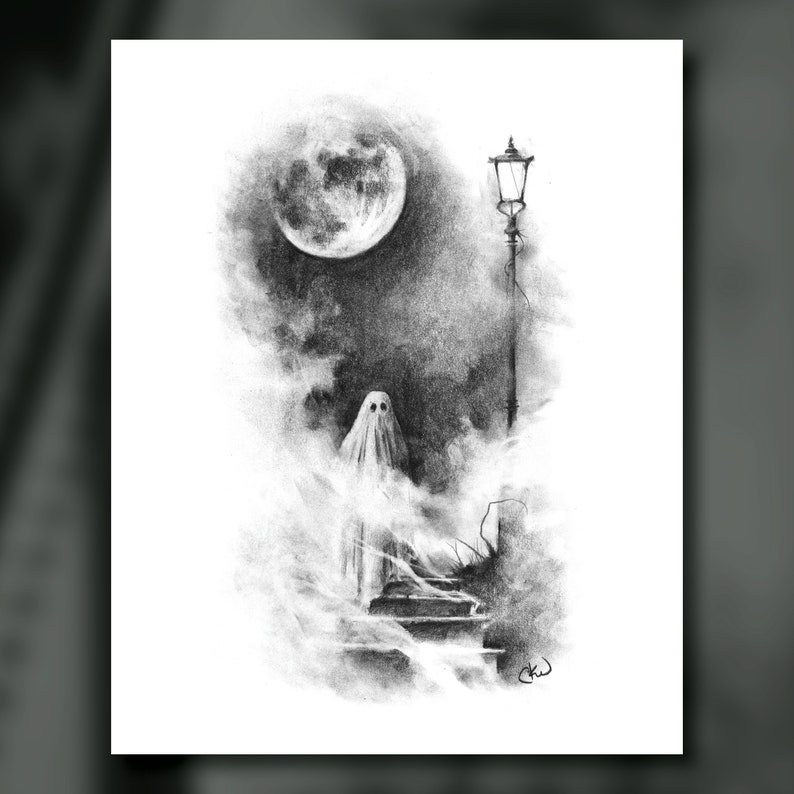

The first written mention of the area was by Spaniards on the Portolá expedition of 1769: Purissima was pretty much washed up by the turn of the 20th century, though it was not entirely abandoned until the late 1930s, sometime before World War II. Mitch Postel, president of the San Mateo County Historical Association, stands in Purissima Cemetery. "Actually, I would say it was just a little bit of an exaggeration to say 'flourished' from the early 1860s until the age of the motorcar, because it was certainly up and down," Postel said. The town with stores, school, hotel, saloon, dance hall, harness, shop and blacksmith shop flourished from the early 1860s until the age of the motorcar. Mitch Postel, president of the San Mateo County Historical Association, joined me on a tour of Purissima Cemetery on an unseasonably wet August day. We started by reading from a plaque laid here in the 1960s by the Yerba Buena chapter of E Clampus Vitus, a fraternal organization dedicated to the preservation of the heritage of the American West: Even if you did stop, by then you’d already have passed the town! If you weren’t looking for the Purissima Cemetery, you would probably fly right past the signs facing the road. So, like, why did they leave?" A small sign that says 'Purissima Cemetery' sits on a freestanding gate amid hedgerows of poison oak. "That's the thing that's so interesting to me. "I don’t know anything about who lived there, or why they left," she said. NPR One or your favorite podcast platform. She's a local teacher and choreographer who’s been aware of the cemetery for years, but not its backstory.īay Curious is a podcast that answers your questions about the Bay Area. "What happened to the ghost town of Purissima? I know that it was intended to be a much bigger town, but the railroad didn't go all the way there, or something?" asks Julia Thollaug of Montara, on the coast. And if you drive up Verde Road just a little ways, not even a quarter mile, there’s a cemetery that used to be part of a town that no longer exists. You’ll find working farms and ranches and old homes from the 19th century - some still lived in, others not so much. But another, spooky adventure awaits those who peel off Highway 1 and take a windy road up into the hills, especially on one of those days when the fog hangs low. Most people who visit Half Moon Bay today head to the beach for surf, sand and a snack.


 0 kommentar(er)
0 kommentar(er)
